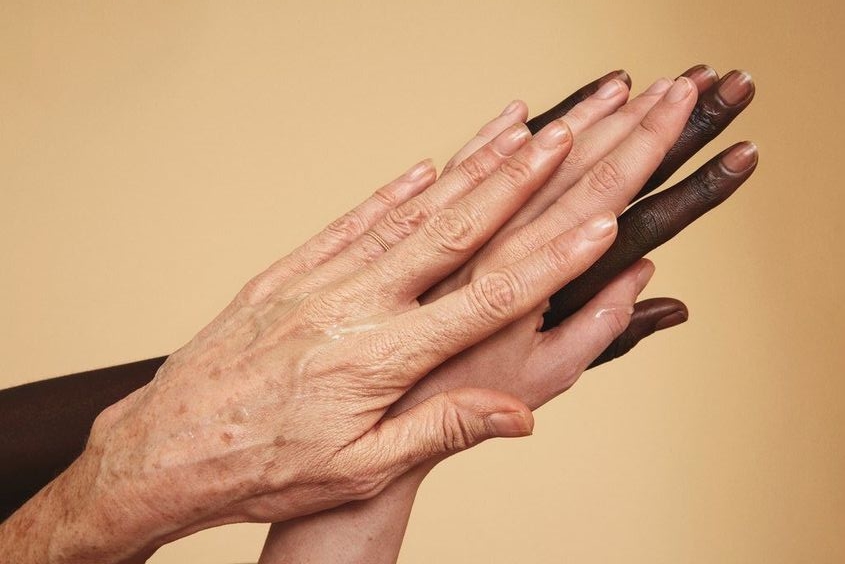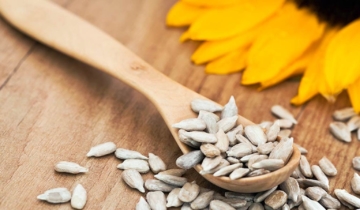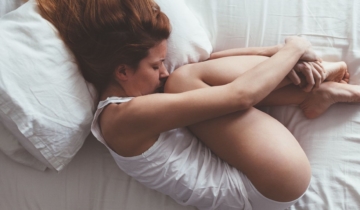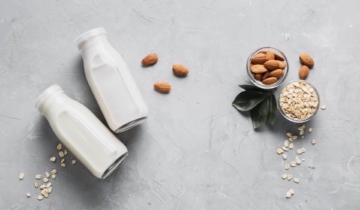Today is when we discuss the big “A”, the secret lurking in the backs of every girl and woman’s mind.
Aging.
Until someone figures out this whole immortality thing, aging is a natural process that all of us go through. It doesn’t need to be so taboo though and with the right knowledge and approach, women can age gracefully and maintain their health during this process. In this article, we will explore different aspects of aging well and provide helpful tips on how to make the journey smoother.
Why do we age?
Aging is a natural process that all living things go through. It is the result of damage to our DNA that occurs over time. This damage can be caused by many things, including the environment, lifestyle choices, and natural processes. The aging process can lead to many changes in our bodies, including wrinkles, gray hair, and a decrease in our ability to fight off disease.
There are hundreds of theories about why we age, and scientists are still sorting it out, and will be for decades to come. A single species appears to be immortal in the traditional sense of the word. The jellyfish known as Turritopsis dohrnii takes a page from Benjamin Button and reverts to infancy when it gets too old. Unlike human cells which stop dividing, they seem to have the option of dividing again and again in response to environmental factors.
Choosing to age gracefully
The uncontrollable, genetically predetermined side of this story is known as intrinsic aging. However, there is another called extrinsic aging and involves all the environmental factors and choices we make daily. This is why you can have 90-year-olds working out at the gym and remaining as mentally sharp as a teenager. They’ve simply made different choices throughout their lives.
Developmental milestones of the female experience
- Adrenarche – this is the point when secretion of adrenal precursors ramps up, mainly compounds known as dehydroepiandrosterone (DHEA) and its sulfate (DHEAS). Adrenarche typically occurs between the ages of 5 and 8 and kicks-off the chain reaction listed next
- Thelarche – this is the onset of breast development and occurs between 8 and 13 years. Adipose (fatty) tissue begins to accumulate in the breast region as the nipple region darkens and the mammary glands develop.
- Pubarche – the appearance of pubic hair is next and occurs around 12 to 14 for females.
- Menarche – the start of menstrual life begins with the first cycle and bleed. There are a number of factors that play into this including reaching around 17% body fat, having the uterus develop to a certain point and the endometrium grow before fluctuating hormones trigger a bleed. This is when symptoms of PMS start to appear including breast tenderness, headaches, bloating, irritability, anxiety, confusion, and cravings.
- Menopause – while menarche was the beginning of menstrual life, menopause marks the end. The average age in Canada is about 51 years old and requires 12-months cycle free for the official diagnosis.
How to deal with common problems associated with the female experience
- Vitex agnus-castus – this shrub/tree is native to the Mediterranean region, central Asia and through India. An extract is useful for supporting those cycling through their menstrual years. It acts on the pituitary gland and influences chemicals like progesterone, prolactin, and luteinizing hormone. Just three months of taking Vitex can normalize symptoms of pre-menstrual syndrome (PMS) and reduce the impacts of hormonal acne.
- Soy isoflavones – one of the most consumed foods in Asian cultures is a powerhouse of plant-based estrogens. This explains why many soy-consuming cultures hardly experience menopause. The gentle action of the phytoestrogens slows the fall of hormones during menopasue. Other products like MenoSupport Complex by A.Vogel contain a mix of organic, non-GMO soy isoflavones, magnesium and hibiscus to support the spectrum of menopausal symptoms. There is also MenoForce, a medicinal grade extract of pure, organic sage clinically proven to reduce the severity and frequency of hot flashes in menopause.
- Nature therapy – as the author of Science & Nature, I would be remiss not to mention the power of spending time outdoors in treating certain symptoms of menopause. Shifting hormones will alter your sleeping patterns, and insomnia is one of the things women struggle with most. Menopausal women who spent walking through the forest and interacting with the land through all five senses slept better. Their sleep was more efficient, they nodded off quicker and their total time sleeping increased. Added benefits included a drop in cortisol levels, and improvements in their anxiety and depression.
Other tips for staying healthy as you get older
Earlier we mentioned taking control of extrinsic aging factors and to drive that impact home, some research estimates only 25% of your lifespan is determined by genetics. The other 75% is up to you!
Some simple steps include eating a healthy diet, getting regular exercise, and avoiding smoking and excessive alcohol consumption. Additionally, women should see their doctor regularly for screenings and check-ups, as early detection is key for many diseases.
Beyond these basics, there are other things you can do to age well. Some research suggests that staying mentally and socially active may help keep your mind sharp. Additionally, maintaining strong social ties has been linked with a lower risk of mortality. So, stay involved with friends and family, join social clubs, or volunteer in your community.
Finally, don’t forget to take care of your mental health. As we age, we may be more susceptible to anxiety and depression. If you’re feeling down, talk to your primary care provider or a counselor. Don’t bottle up your feelings – there is help available.
Staying healthy as you age takes effort, but it’s worth it. These years can be some of the best of your life – make the most of them!
Article contributed by:
Medical Advisor / Conseiller Médical
References
- Frisch, Rose E. “Body fat, menarche, fitness and fertility.” Human reproduction 2.6 (1987): 521-533.
- Granados, José A. Tapia. “Health at advanced age: social inequality and other factors potentially impacting longevity in nine high-income countries.” Maturitas 74.2 (2013): 137-147.
- Kim, Hyeyun, et al. “Effect of forest therapy for menopausal women with insomnia.” International journal of environmental research and public health 17.18 (2020): 6548.
- Olsen, Rolf Bang, et al. “Social networks and longevity. A 14 year follow-up study among elderly in Denmark.” Social science & medicine 33.10 (1991): 1189-1195.
- Ooi, Soo Liang, et al. “Vitex agnus-castus for the treatment of cyclic mastalgia: A systematic review and meta-analysis.” Journal of Women’s Health 29.2 (2020): 262-278.
- Passarino, Giuseppe, Francesco De Rango, and Alberto Montesanto. “Human longevity: Genetics or Lifestyle? It takes two to tango.” Immunity & Ageing 13.1 (2016): 1-6.
- Riga, Sorin, et al. “Longevity health sciences and mental health as future medicine.” Annals of the New York Academy of Sciences 1197.1 (2010): 184-187.
- Segal, Daniel L., Sara Honn Qualls, and Michael A. Smyer. Aging and mental health. John Wiley & Sons, 2018.
- Utriainen, Pauliina, et al. “Premature adrenarche-a common condition with variable presentation.” Hormone research in paediatrics 83.4 (2015): 221-231.





 No products in the cart.
No products in the cart.